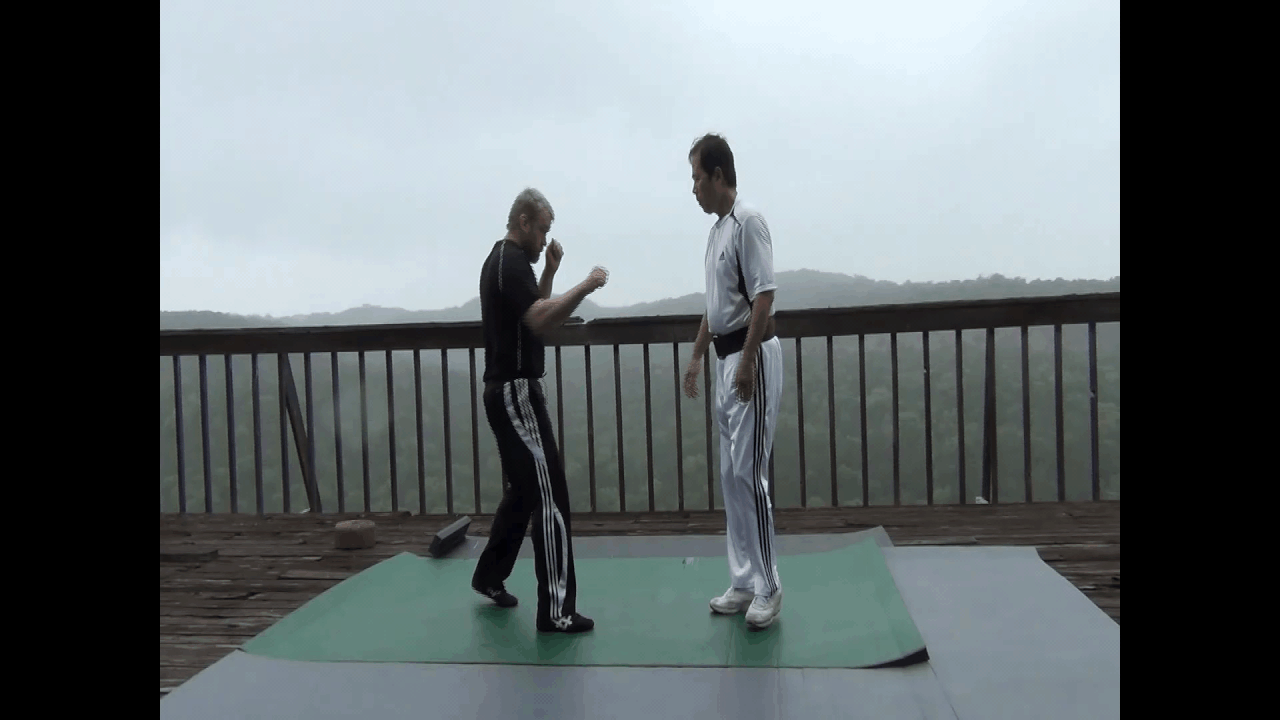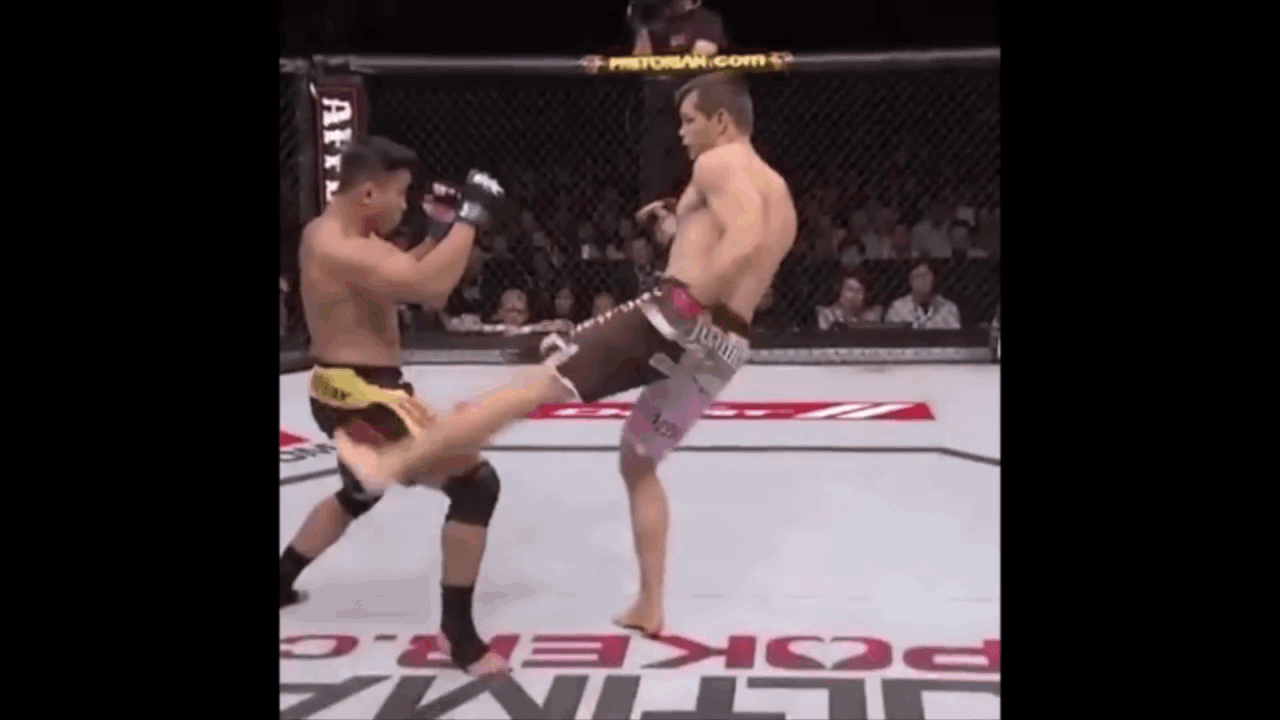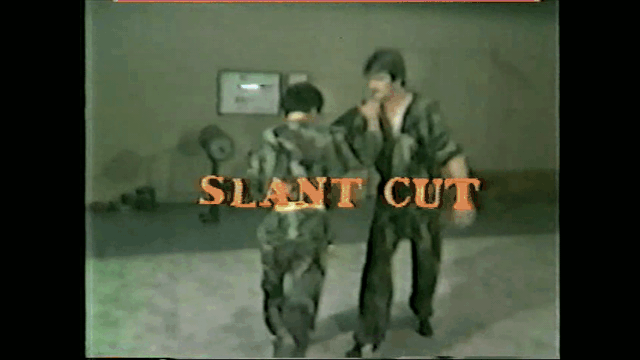Yup. My version is:There are different level of MA training:
1. You make a mistake, but you don't even notice it.
2. You make a mistake, you know your mistake, and you try to fix it.
3. You intentional make a mistake, draw your opponent in, and take advantage on it.
To "seal the gap (close the opening)" is a very important MA concept.
1.You don't know the rules, so you break them.
2. You learn the rules.
3. You know the rules, so you break them.
A lot of people get stuck in step 2, and don't understand the difference between steps 1 and 3.




